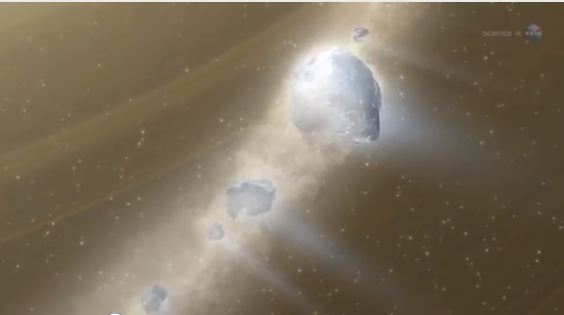

| Visitors Now: | |
| Total Visits: | |
| Total Stories: |

| Story Views | |
| Now: | |
| Last Hour: | |
| Last 24 Hours: | |
| Total: | |
NASA: Strange Object Debris Coming, Will Hit Earth December 13th and 14th
Phaethon was discovered on October 11, 1983 using the Infrared Astronomical Satellite, and named after the Greek myth of Phaethon, son of the sun god Helios, due to its close approach to our Sun.
Phaethon is technically classified as an asteroid — the first to be discovered via satellite. But how could an asteroid produce meteoroids that cause the Geminids? One theory is that Phaethon broke apart from another object, ejecting meteoroids as a part of the breakup. This doesn’t agree with other things we know, however. Another theory is that a collision with another object thousands of years ago could have produced debris that Earth now travels through. This theory appears to be unlikely as well, based on other evidence. Another theory assumes Phaethon to be a dead comet (the spent nucleus of a comet whose ices had been sublimated away) that produced debris in the past that now intersects Earth’s orbit. But no evidence for mass loss from the object has ever been reported…. until recently. In 2009 the NASA spacecraft STEREO-A observed 3200 Phaethon to brighten by a factor of two, quite unexpectedly. This brightening at perihelion was likely due to a release of dust from the object, possibly due to heating and cracking of the surface rocks as Phaethon came close to the Sun. That brings us to the fourth theory, that Phaethon is a rock comet. The problem with this theory is that it doesn’t account for the amount of dust in the Geminid stream.
So what it comes down to is that the Geminid parent object is a mystery.
2012-12-02 12:20:15
Source: http://nanopatentsandinnovations.blogspot.com/2012/12/nasa-strange-object-debris-coming-will.html
Source:



